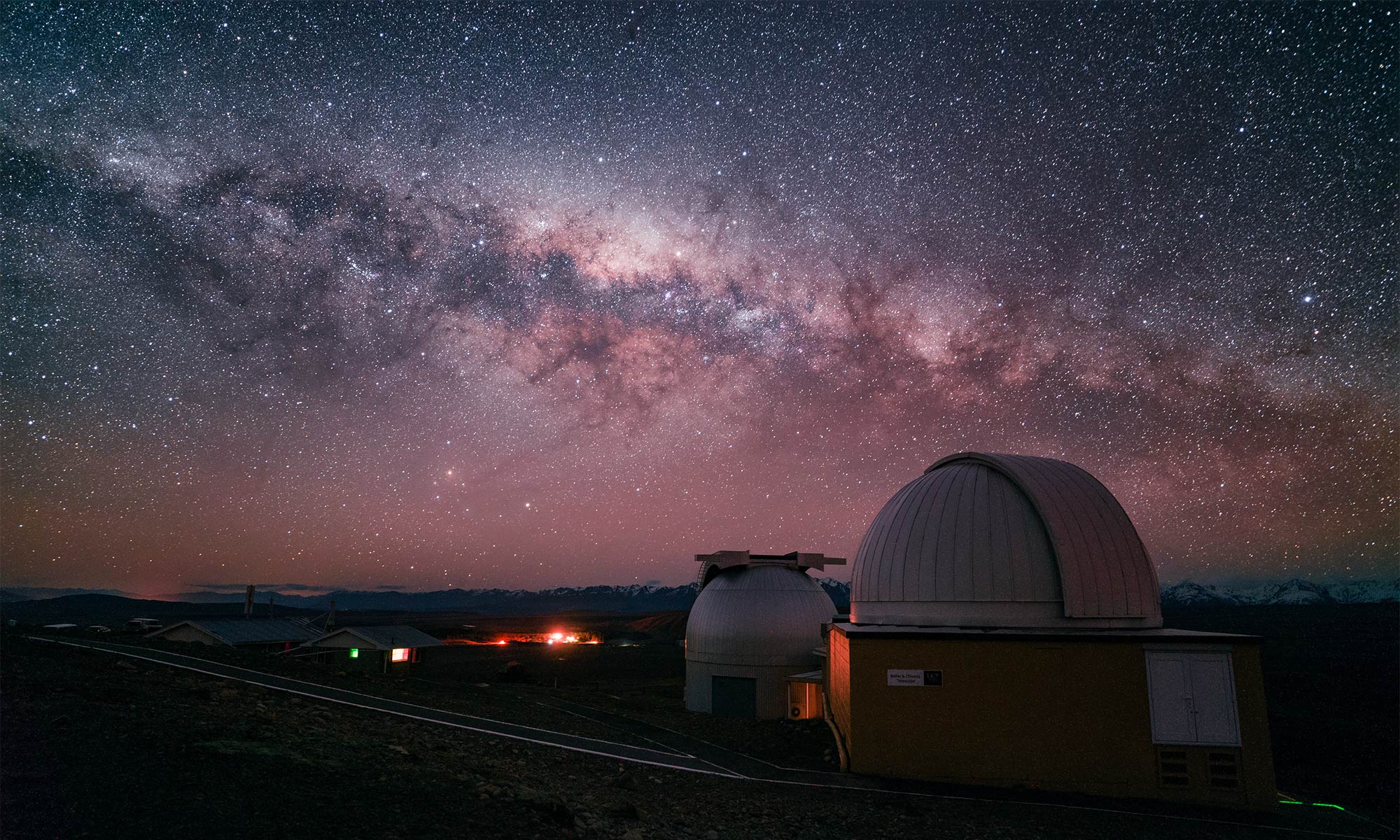In this tutorial, I step through the basic RAW Lightroom post processing method that I use on most of my astrophotography.
Continue reading “How to Process Milky Way Astrophotography in Adobe Lightroom”

Photographing life on Earth, our home on the outer rim of the Milky Way
In this tutorial, I step through the basic RAW Lightroom post processing method that I use on most of my astrophotography.
Continue reading “How to Process Milky Way Astrophotography in Adobe Lightroom”
Sony just released their most affordable full frame prime lens for their E-mount cameras: the Sony FE 28mm f/2. In this short review, we test it out for use with astrophotography along with its accessory SEL075UWC Ultra Wide Angle and SEL075FEC Fisheye conversion lenses.
There’s a new nifty 50 in town. In this short review we test out the Canon EF 50mm f/1.8 STM, Canon’s latest iteration of their affordable 50mm lens. At about $125, it’s the cheapest Canon prime lens available, making it an attractive addition to any Canon kit. Let’s see how it does with astrophotography.
Continue reading “Canon EF 50mm f/1.8 STM Astrophotography Review”
“The first time I made a photograph of a moonlit landscape, I literally said “wow” out loud. I couldn’t believe how much detail the moonlight brought out of the photograph.” In this tutorial, Tyler Sichelski walks through his process for shooting and processing surreal long exposure landscapes under the light of the Moon.
Continue reading “Star Trails and Moonlit Landscapes Tutorial”In this article I review one of the most common problems that affects the design of our camera lenses: aberrations.
I hope to give you practical knowledge about the common technical problems of lens design and how they actually affect your photos. Most of all, this article is here to help you understand one aspect of why one lens will produce a better, more accurate photo than another. It’s an especially nice bit of knowledge to have when choosing equipment for use in even basic astrophotography.
This is sort of a pixel peepers’ article: you could go through your entire photography career and never learn about lens aberrations and be just fine. But if you like the idea of understanding the fine details behind lens performance — and how it affects your photos — this article is for you.
Continue reading “A Practical Guide to Lens Aberrations and the Lonely Speck Aberration Test”
I recently had the opportunity to shoot some astrophotography with an interesting lens: the Voigtlander 15mm f/4.5 Heliar III. With its rather modest/slow/dark f/4.5 aperture, the 15mm Heliar III isn’t the most obvious choice for shooting the night sky, but in reality it actually performed well, especially when paired with the Sony a7II. This review is as much a test of the lens as it is an experiment shooting the Milky Way with a slow lens. Read on for more about my experience shooting the night sky with the Voigtländer 15mm f/4.5 Heliar III.
Continue reading “Voigtländer 15mm f/4.5 Heliar III Astrophotography Review”
Some believe that smartphones will never replace “real” cameras like DSLRs or mirrorless cameras. This article is about providing evidence to the contrary. It’s about making some amazing images with limited equipment. I anticipate the day that our slim pocketable smartphones will be more powerful and capable cameras than the the top-of-the-line DSLRs and mirrorless cameras available today.
This is my account of shooting my first smartphone images of the Milky Way with nothing but my OnePlus One smartphone and a tripod.
Continue reading “Photographing the Milky Way with a Smartphone and the Future of Photography”